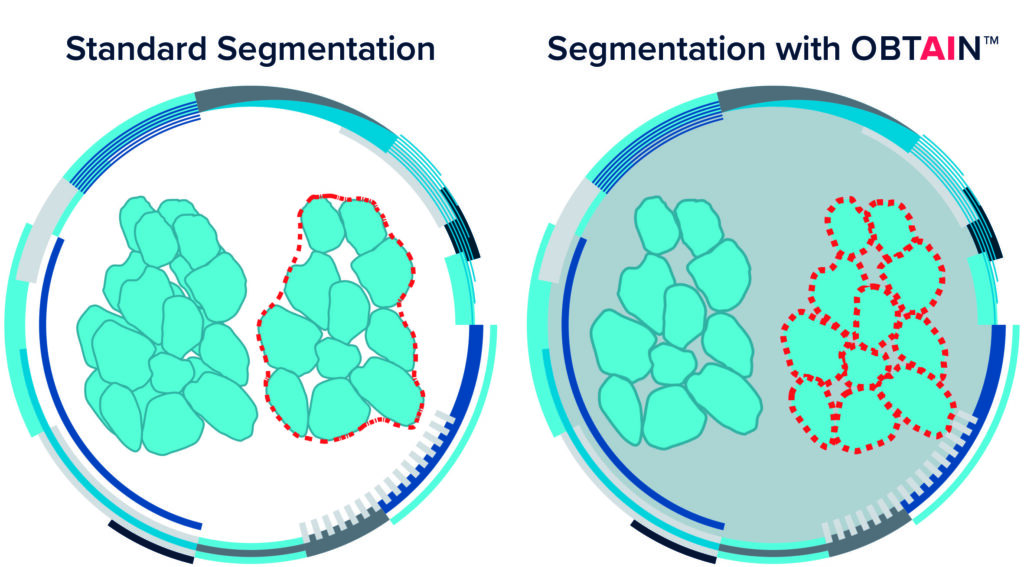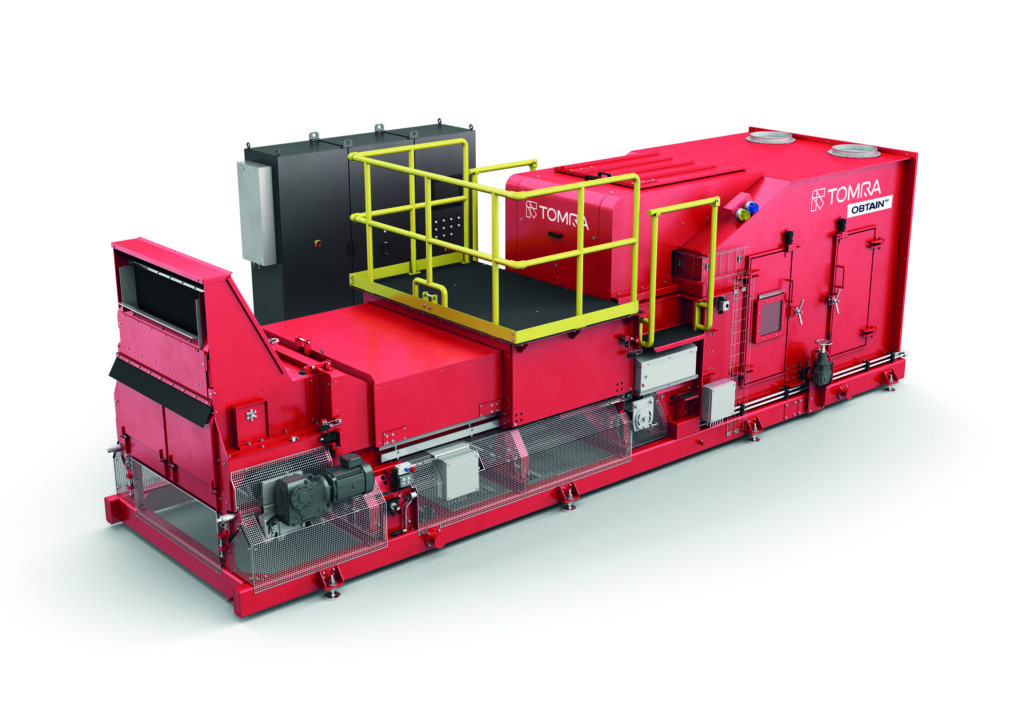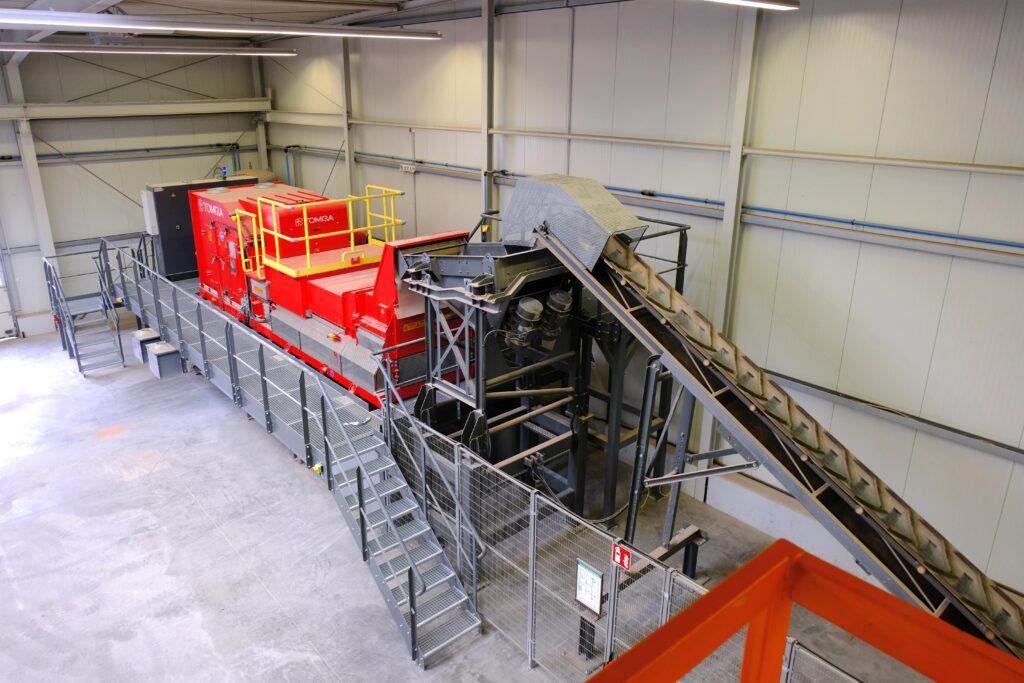AI is playing an increasingly important role in mineral sorting. Stefan Jürgensen, Software Team Leader at TOMRA Mining, explains how it has powered sensor-based sorting and how TOMRA’s revolutionary Deep Learning innovation is set to unlock new opportunities for mining operations.

Artificial Intelligence has been grabbing the headlines since ChatGPT burst onto the scene, giving rise to sensational news stories. However, AI has been around for a long time, working quietly behind the scenes. The ability of computer systems to mimic human thought and decision-making to perform tasks that traditionally required human intelligence has played an important role in TOMRA’s sensor-based sorting solutions for decades, automating the process and improving the accuracy and efficiency of the sorters, unlocking value for mining operations.
TOMRA Mining’s experience with AI dates back to 1993, when its predecessor CommoDaS developed sensor-based sorters using AI in their image processing systems to identify particle properties. Over the years, sensor-based sorting technology has developed, and TOMRA has been using Machine Learning in its X-Ray Transmission (XRT) and Near-Infrared (NIR) sorters for the last 10 years.
Now TOMRA Mining is opening a new era in sorting with its latest innovation, OBTAIN, which leverages Deep Learning to bring single-particle precision to high-throughput particle sorting. This revolutionary solution takes capacity, quality and recovery to a new level, and unlocks value through a wealth of extremely detailed and accurate data for better-informed decision-making.

Well-suited to mineral sorting – more efficient, cost-effective and sustainable
AI encompasses two sub-fields that have considerably progressed in recent years: Machine Learning, which recognizes patterns, learns from data and improves without being programmed, and Deep Learning, which is a type of Machine Learning that uses artificial neural networks to analyze data and solve complex problems. These technologies process vast amounts of data very quickly and use it to make decisions without human intervention.
Machine Learning and Deep Learning can further improve the sorting process for mining operations that are already using sensor-based sorting, but also open new opportunities by enabling the processing of very low-grade materials that previously would have been discarded. A further advantage of AI is the vast amount of data it generates and processes, which provides mining operations with valuable insights into the sorter’s performance and for predictive maintenance.
It is important to note that Machine Learning and Deep Learning are not one-size-fits-all solutions. With its long-standing expertise and extensive R&D in the field of AI, TOMRA will always select the most suitable technology for each case.

The OBTAIN revolution: achieving unprecedented throughputs in sensor-based sorting
TOMRA is now breaking new ground with its latest innovation, which leverages Deep Learning to introduce an industry-first: single-particle precision in high-throughput ore sorting. This revolutionary software uses a Neuronal Network to identify the properties of each particle accurately and independently of the sorter’s capacity, achieving unparalleled precision and reliability in detection and ejection. Based on their specific requirements, the mining operation has the flexibility to either enhance the throughput of the sorter while maintaining consistent sorting efficiency or improve sorting precision without compromising the existing throughput. It is a true game changer.
OBTAIN™ proves advantageous for a fully operational mine by enhancing recovery rates and elevating product quality within the existing throughput. Conversely, in mines with additional capacity, it facilitates increased throughput without compromising product quality. Furthermore, this innovative technology has the capability to unlock untapped value from low-grade ore, waste dumps, or materials previously deemed uneconomical for processing.
OBTAIN™ will also add value to a mining operation with a wealth of extremely detailed and accurate data, such as precise online particle-size distribution of the feed. When used in combination with TOMRA Insight, it can provide the customer with detailed reporting on the performance of the sorter and its components to help them optimize the process, as well as enable them to plan for predictive maintenance.
The OBTAIN™ software has been developed for TOMRA’s XRT sorters. It will be available on new models, but there will also be an upgrade package available for existing machines, providing a significant opportunity for customers already operating TOMRA XRT sorters, to substantially enhance the sorting performance where it proves to be a suitable solution.
TOMRA has partnered with two customers to test the new OBTAIN in real working conditions. The software has been operating for close to 18 months at the Wolfram Bergbau & Hütten tungsten mine in Mittersill, Austria, where it has delivered consistent and reliable performance. The vicinity of the mine to TOMRA’s development team, based in Germany, has made it a perfect testing ground for the first phase, as they have been able to monitor it closely. A second phase of testing to quantify the improvements has been carried out with a trusted long-standing customer in a magnesite application. The successful tests have shown that OBTAIN™ is ready to transform sensor-based XRT sorting in numerous applications.
Mining operators interested in finding out if OBTAIN can power up their sorting results can book a demonstration with samples from their mine at the TOMRA Test Center in Wedel, Germany.

Looking to the future
Both Machine Learning and Deep Learning have great potential to further enhance the benefits of TOMRA Mining’s sorting technologies for mining operations. The company is constantly exploring the potential of these technologies and pushing the boundaries to offer technical solutions for sorting applications that were previously impossible for sensor-based sorters. At the same time, it can use Machine Learning and Deep Learning to improve the existing sorting technology, applying them to more areas of its activity, such as better customer support, deeper analysis of the sorted material for improved control of customers’ processing plants, and predictive maintenance and monitoring of the sorter’s components.


 Copyright 2017-2023 All rights reserved.
Copyright 2017-2023 All rights reserved.